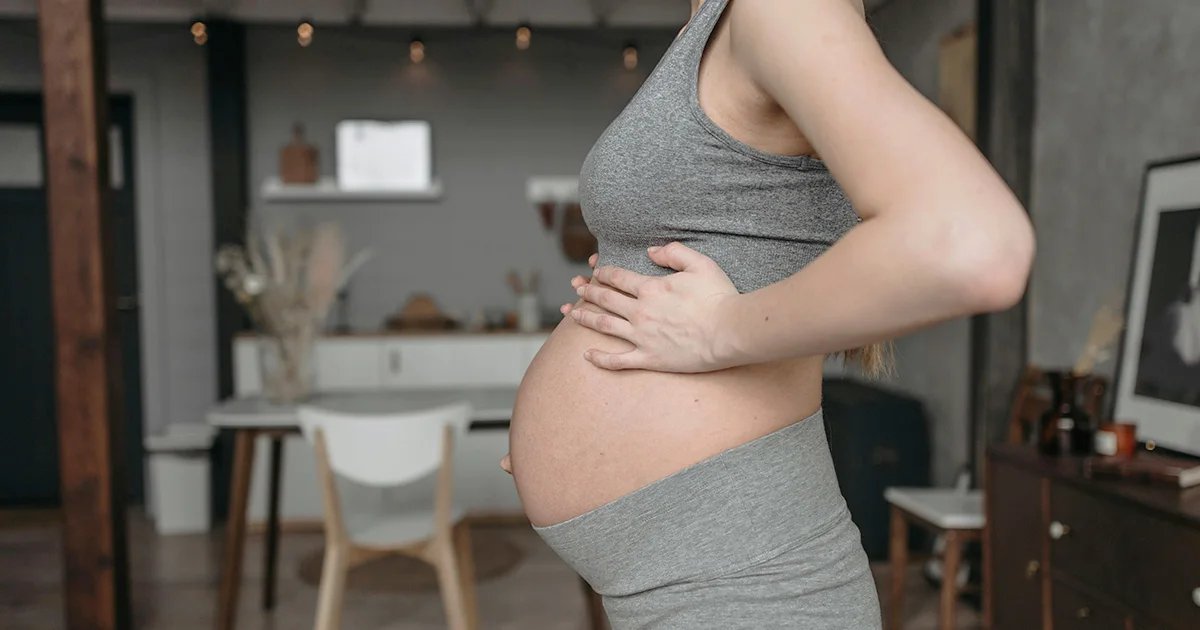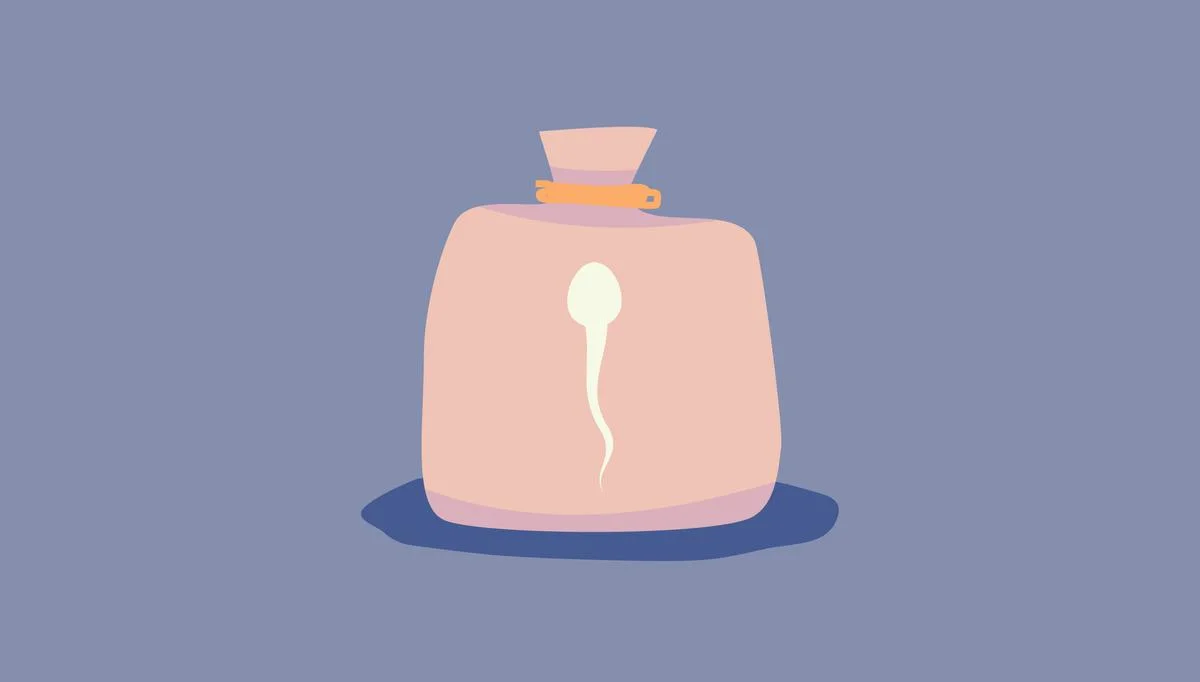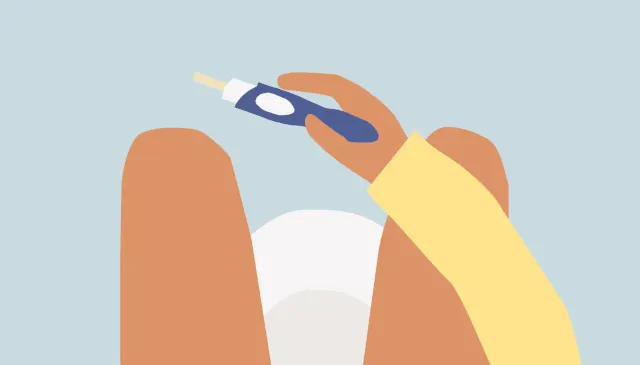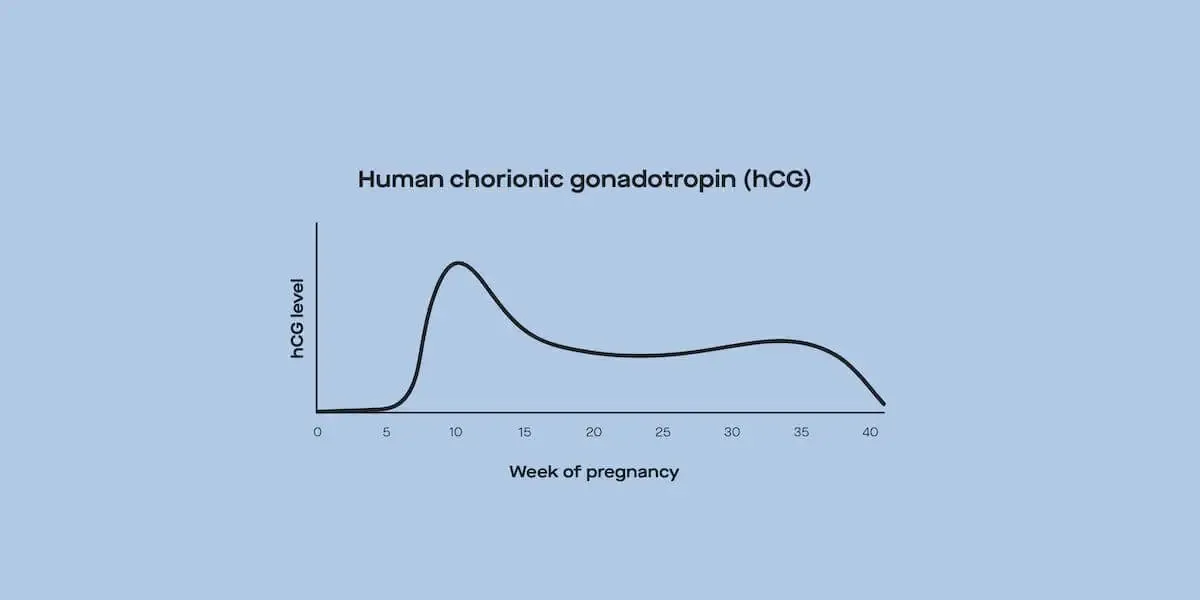Here's what we'll cover
Here's what we'll cover
You know that timing is everything if you’re trying to have a baby. It can be stressful trying to figure out when you’ll ovulate so that you can time sex for the best chances to conceive. This is where ovulation test kits come in. Read on to learn more about ovulation tests, including how and when to use them.
What is an ovulation test?
An ovulation test is a tool that you can use to figure out when you’re most fertile. Also called home ovulation predictor kits or OPKs, ovulation tests use urine samples to tell you when you are about to ovulate or when your ovaries will release an egg that can be fertilized by sperm.
Ovulation tests can be 99% accurate when done correctly, and many women say it gives them more fertility awareness (Yeh, 2019; Leiva, 2017).
How do ovulation tests work?
Most ovulation tests come in the form of test strips or, in some cases, devices with tips that absorb urine, and they work by tracking rising luteinizing hormone (LH) levels in your urine.
Made by the pituitary gland, LH levels rise or “surge” and then peak before ovulation. This hormonal surge stimulates your ovaries to release an egg, which travels down your fallopian tubes where a sperm can potentially fertilize it.
If you are tracking LH levels, an OPK can let you know when LH levels begin to rise. At this point, you are likely to ovulate within 48 hours if you catch the very beginning of the rise (Su, 2017).
Some OPKs also track the rise in estrogen that triggers the LH surge, along with the rise in progesterone which helps confirm ovulation has already taken place. However, LH is the primary hormone used to predict ovulation and serves as the basis for all ovulation tests (FDA, 2018; Bouchard, 2019).
When should I take an ovulation test?
The timing of an ovulation test depends on your menstrual cycle.
Before starting ovulation testing, it helps to figure out your average monthly cycle length. If you have a 28-day cycle, ovulation is likely to occur around day 14.
If you have a longer or shorter cycle, find the midpoint and subtract 4 days. For a 28-day cycle, this would mean starting ovulation tests on day 10 (Su, 2017). Some research shows starting on day 7 is better to ensure not missing the beginning of the LH surge (Leiva, 2017).
Whether you start on day 7 or 10 (or another day based on the length of your cycle), plan to take a test once or twice a day until you see a surge (Su, 2017).
A positive result using ovulation test strips shows a test line that gets darker as the levels of LH increase. Some brands use a smiley face to indicate a positive ovulation test. In both cases, it’s a signal you’ve hit your fertile window.
Timing sex using ovulation testing
The best chance at conception is having sex during your fertility window, which begins 3–5 days (lifespan of sperm) before ovulation and lasts until 1–2 days (lifespan of the egg) after ovulation. This gives the sperm enough time to reach the fallopian tube and fertilize the egg (Su, 2017).
This is why ovulation testing can be helpful. It can give you insight into when to time sex, so you have the best chance of getting pregnant.
How to test ovulation with irregular periods
If you have irregular cycles, conditions that affect hormone levels like polycystic ovarian syndrome (PCOS), or you are close to menopause, it may be difficult to time ovulation testing.
In these cases, it may be best to talk with your healthcare provider about other tests that can offer additional fertility information (Lentscher, 2021; Holesh, 2021).
Of course, this does not mean that you can’t use ovulation test kits. It may just be more difficult to pinpoint when you ovulate. Pairing ovulation testing with other fertility tracking methods like tracking your basal body temperature and cervical mucus (more on that later) may be helpful.
What time is best to take an ovulation test?
There are no set guidelines for when to take an ovulation test. However, it makes the most sense to take it around the same time every day. Some people prefer to test in the mornings because LH surges tend to occur overnight and in the early morning (Su, 2017).
Another thing to think about is your water consumption. Drinking lots of fluids can dilute your urine and may affect the test results. So keep that in mind when you are picking a time to test.
How do I use an ovulation test?
Most OPKs come with multiple tests, so you have enough to test for a cycle, and the results are usually displayed within five minutes. For accurate results, while it’s best to follow the instructions on your specific test manufacturer’s packaging, basic steps for using an ovulation test include (FDA, 2018):
Insert the test stick into the holder (if using a cartridge).
Place the test strip or stick into the urine stream or add urine (by dropper or by dipping the test into a urine cup).
Check the results within a defined time limit (waiting too long can affect test line colors).
Your LH levels should rise from the first day you test.
If you notice high LH levels all the time, even on the first day of testing, it could be a sign of PCOS. Some fertility drugs and other conditions that affect hormones can also elevate LH levels, so it’s best to check with your healthcare provider if you don’t see a rise and fall in LH levels (Lentscher, 2021). They have a variety of tests to find out what could be affecting ovulation.
How to know if you’re ovulating without a test
While not as accurate as OPKs for predicting ovulation, there are some clues that your body gives you to help you figure out when you’re most fertile, including changing the consistency of your cervical mucus and slightly raising your temperature.
Cervical mucus
Tracking cervical mucus has been shown to boost the ability to predict ovulation using LH testing. Vaginal mucus changes before ovulation. It goes from a tacky white consistency to a slippery and stretchy egg white consistency. Rising estrogen levels trigger this change, making it easier for sperm to swim to an egg (Leiva, 2017).
Basal body temperature
Basal body temperature tracking is a way of figuring out when you’ve already ovulated. It requires taking your temperature every morning at the same time before getting out of bed. After ovulation, the body temperature rises very slightly. If you are able to track this, BBT charting gives you an idea of when you ovulate each month (Steward, 2021).
Paying attention to cervical mucus, tracking your BBT, and ovulation testing are fertility awareness methods used by millions of women. Healthcare providers advise against using these to prevent pregnancy. However, they can help you better understand your cycles and boost your chances of conceiving.
DISCLAIMER
If you have any medical questions or concerns, please talk to your healthcare provider. The articles on Health Guide are underpinned by peer-reviewed research and information drawn from medical societies and governmental agencies. However, they are not a substitute for professional medical advice, diagnosis, or treatment.
Bouchard, T. P., Fehring, R. J., & Schneider, M. (2019). Pilot evaluation of a new urine progesterone test to confirm ovulation in women using a fertility monitor. Frontiers in Public Health , 7 . doi:10.3389/fpubh.2019.00184/. Retrieved from https://www.ncbi.nlm.nih.gov/pmc/articles/PMC6614355/
Holesh, J. E. (2021). Physiology, ovulation. StatPearls. Retrieved from https://www.ncbi.nlm.nih.gov/books/NBK441996/
Leiva, R. A., Bouchard, T. P., Abdullah, S. H.,et al. (2017). Urinary luteinizing hormone tests: Which concentration threshold best predicts ovulation? Frontiers in Public Health , 5 . doi:10.3389/fpubh.2017.00320. Retrieved from https://www.ncbi.nlm.nih.gov/pmc/articles/PMC5712333/
Lentscher, J. A., Slocum, B., & Torrealday, S. (2021). Polycystic Ovarian Syndrome and Fertility. Clinical Obstetrics and Gynecology, 64 (1), 65–75. doi:10.1097/GRF.0000000000000595. Retrieved from https://pubmed.ncbi.nlm.nih.gov/33337743/ .
Steward, K. (2021). Physiology, Ovulation And Basal Body Temperature. StatPearls . Retrieved from https://www.ncbi.nlm.nih.gov/books/NBK546686/
Su, H. W., Yi, Y. C., Wei, T. Y., et al. (2017). Detection of ovulation, a review of currently available methods. Bioengineering & Translational Medicine , 2 (3), 238–246. doi:10.1002/btm2.10058. Retrieved from https://www.ncbi.nlm.nih.gov/pmc/articles/PMC5689497/
U. S. Food and Drug Administration (FDA). (2018). Ovulation (urine test) . Retrieved April 25, 2022 from https://www.fda.gov/medical-devices/home-use-tests/ovulation-urine-test
Yeh, P. T., Kennedy, C. E., Van der Poel, S., et al. (2019). Should home-based ovulation predictor kits be offered as an additional approach for fertility management for women and couples desiring pregnancy? A systematic review and meta-analysis. BMJ Global Health , 4 (2). doi:10.1136/bmjgh-2019-001403. Retrieved from https://www.ncbi.nlm.nih.gov/pmc/articles/PMC6509595/










